Menu
Tree removal is a significant task that requires careful planning and execution to ensure safety and efficiency. Because of disease, hazard, or landscape redesign, proper techniques are crucial for a successful removal process. Driscoll Tree Service is a trusted tree care company that leverages innovative equipment and proven strategies to provide exceptional services. If you have a troublesome tree on your premises, here are some tips and techniques to consider during removal.
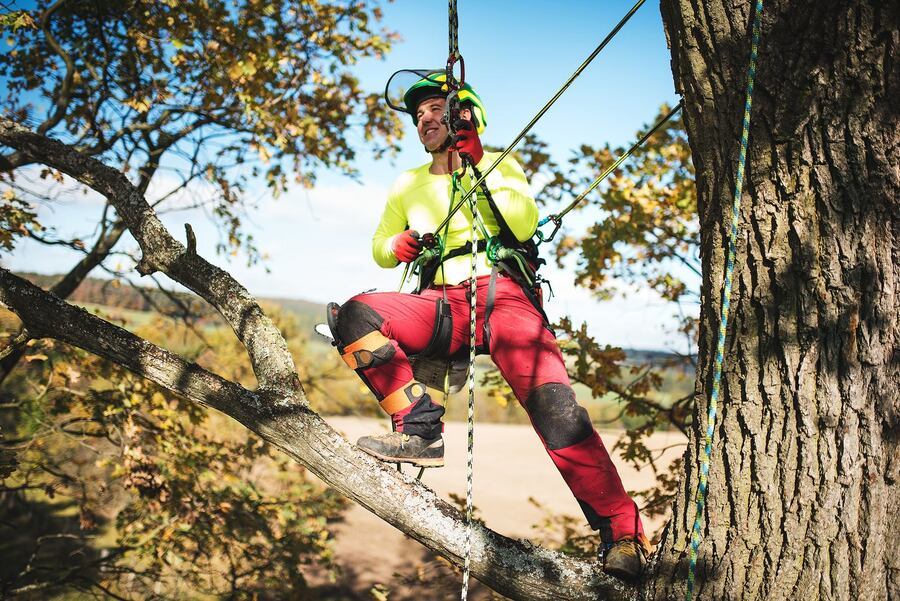
Assessment and Planning
It is essential to assess the tree’s condition and plan accordingly before initiating any tree removal. To devise a safe and effective removal strategy, tree service professionals usually consider size, health, leanness, and proximity to utility lines. In addition, professional tree service providers get necessary permits to ensure compliance with local regulations and safety standards.
Cutting Techniques
While maintenance tasks, such as tree trimming and pruning, require proper cutting techniques, tree removal is no exception. The proper technique goes a long way to ensure safety and efficiency throughout the removal project. One commonly used method is the notch-and-backcut technique, where arborists create a notch on the side of the tree facing the direction of the desired fall, followed by a backcut on the opposite side to guide the tree’s descent. Another technique is controlled directional felling, where ropes and pulleys control the tree’s fall, especially in confined spaces or near obstacles.
Using the right equipment and tools is crucial for tree removal tasks. Chainsaws are the primary tool for cutting trees, and they are available in various sizes and power capacities to suit different tree sizes and types. Also, ropes, harnesses, and rigging equipment are essential if tree trimming is necessary to lower branches and sections of the tree during removal. When you onboard a tree care company, they ensure all equipment is well-maintained and operated by trained personnel to prevent accidents and injuries.
Safety is always a priority in significant projects, including tree pruning and removal. Before starting any work, establish a clear work zone and ensure everyone involved is aware of potential hazards. Arborists leverage proper personal protective equipment (PPE), including helmets, eye protection, gloves, and sturdy footwear. DIYers should work with others and always have a designated spotter to assist and monitor the tree’s fall trajectory.

Removing large trees requires extra precautions and specialized techniques. A professional tree care company has the expertise and equipment for handling such tasks safely. When planning the removal process, we consider factors such as tree weight distribution, wind conditions, and nearby structures. Employing crane-assisted removal techniques can help with large tree removal projects if necessary.
Consider the environmental impact of tree removal and take measures to minimize disruption to the surrounding ecosystem. Proper disposal of tree debris and recycling of wood material can reduce waste and environmental footprint. Also, consider replanting or landscaping options to maintain ecological balance and aesthetic appeal after tree removal.
Tree removal is a task that requires careful planning, appropriate techniques, and adherence to safety protocols. You can ensure a successful and responsible tree removal process by following the methods mentioned. Contact us at the Driscoll Tree Service and schedule a consultation with our experts to access quality services, including tree pruning and removal.
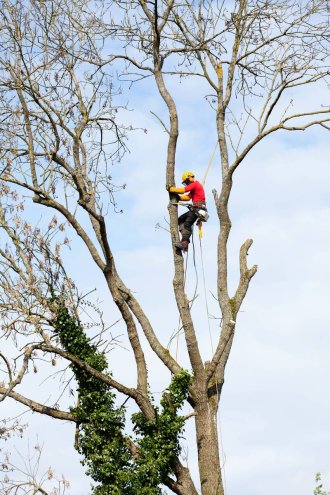
Fall Lawn and Landscape Care Tips As the vibrant colors of summer fade and fall begin to take over, it's essential to focus on lawn and landscape care. Fall is crucial for yard care as you prepare for the colder…
Read More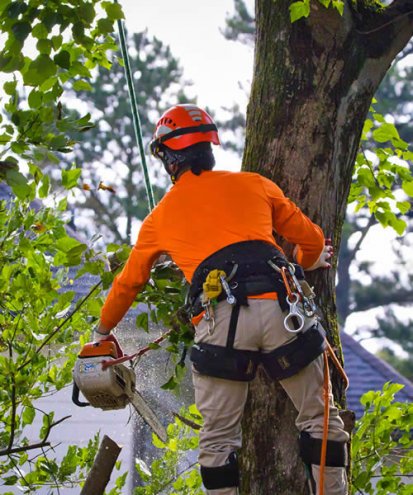
Tree Trimming & Pruning Mistakes to Avoid Do you have trees on your property that seem in bad condition due to improper tree trimming techniques? This is a common problem that most people make, compromising the health and well-being of…
Read More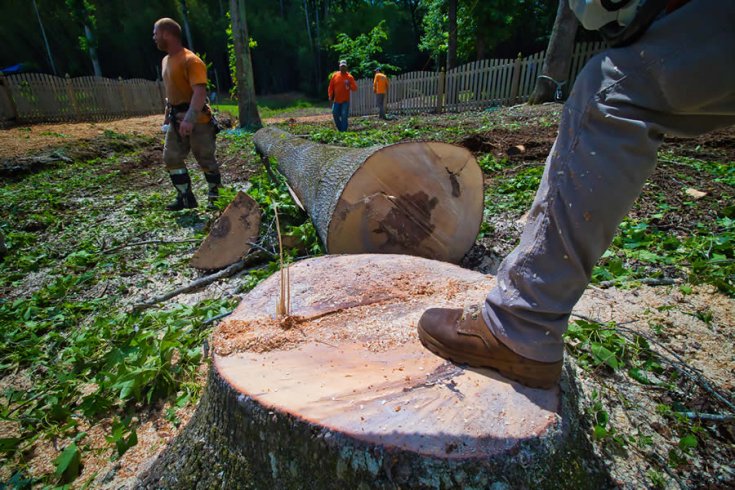
What's The Right Time of Year to Remove Trees? Trees provide a range of benefits to your property and the ecosystem. Whether it is enhancing curb appeal and giving shade or cleaning the air, the value of trees can’t be…
Read More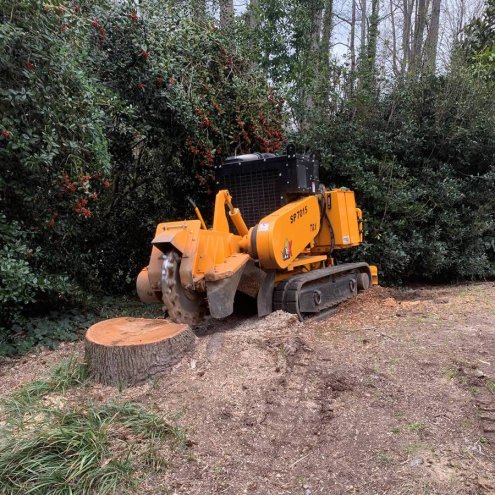
How Much Does It Cost to Grind a Tree Stump? Tree stumps may not raise concerns initially but compromise the aesthetics and safety of your yard. If you have an unsightly leftover on your property, grinding is as an efficient…
Read More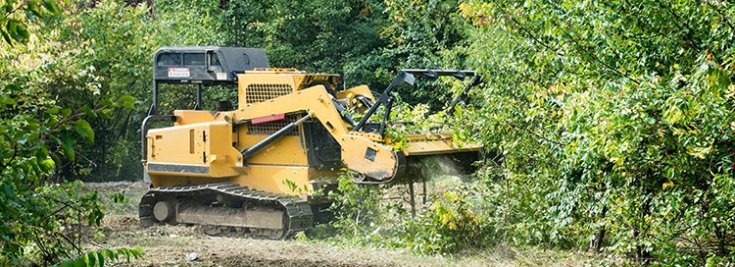
Learn About Hiring Forestry Mulching Services Forestry mulching is the ultimate win-win for nature enthusiasts, landowners, and anyone looking to responsibly manage overgrown vegetation. This innovative process transforms trees, bushes, vines, and other plants into valuable mulch that not only…
Read More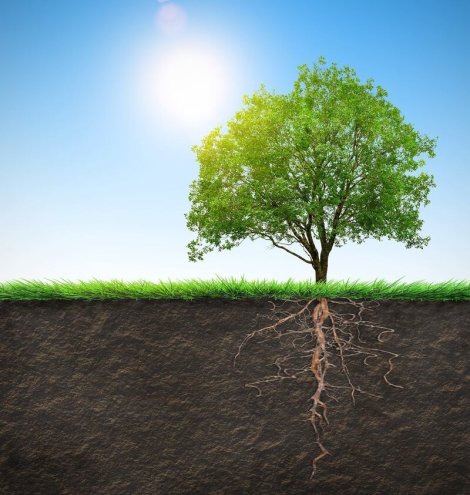
Tree Root Problems Trees are more than towering structures of bark and leaves; their roots play a crucial role in their overall health and vitality. Tree roots serve several vital functions, including extracting nutrients and water from the soil, storing…
Read More
Fescue vs. Bermuda Grass Do you have dry patches on your lawn? Before reseeding, it is advisable to familiarize yourself with different grasses, like fescue and Bermuda. Although these grasses grow on lawns across the country, knowing the differences can…
Read More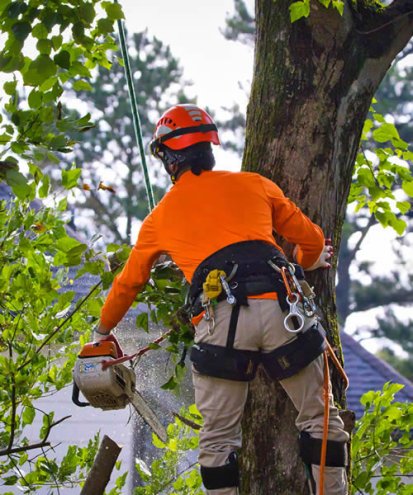
Signs It's Time to Trim Your Trees Trees play a vital role in our environment, offering many benefits, including fresh air, shade, and curb appeal. However, trees require proper care and maintenance to thrive. Regular trimming is one of the most crucial…
Read More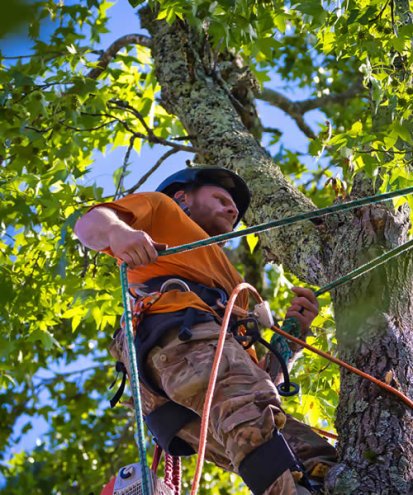
Eco-Friendly Tree Removal Trees are valuable entities in our ecosystems, providing habitats for wildlife, absorbing carbon dioxide, and improving the planet’s overall health. However, there are instances when tree removal is the best option to protect your yard from diseases,…
Read More
Best Trees for Fence Lines Fence lines often provide an excellent opportunity to enhance the beauty and privacy of your property. However, choosing suitable trees to plant along these boundaries requires special consideration to improve the aesthetics and functionality of…
Read More